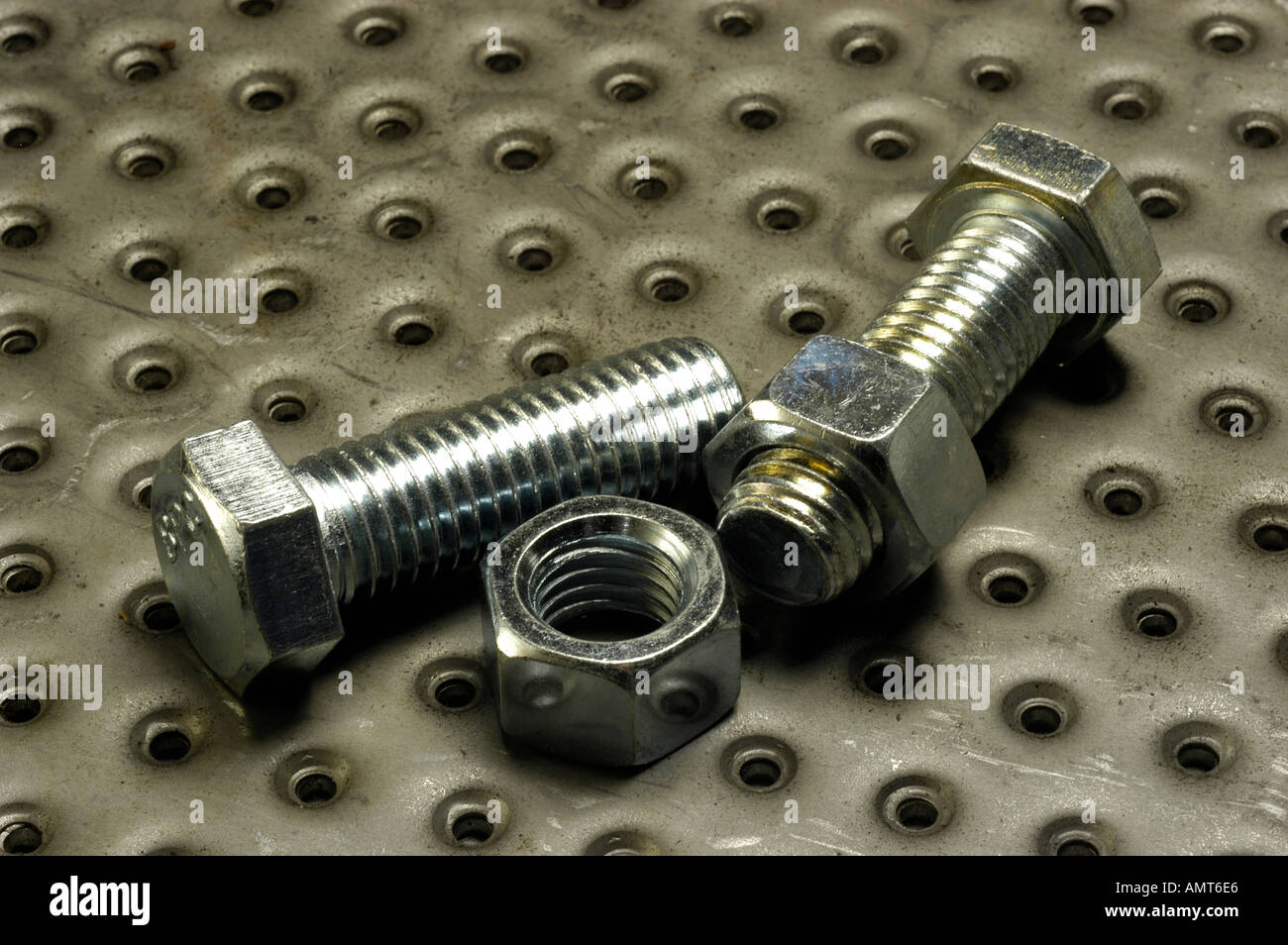Understanding the Various Categories of Fasteners and Nuts
As you begin any building and do-it-yourself task, it is crucial to choose appropriate nuts and bolts is paramount. These small yet essential fasteners act as the backbone for numerous applications, providing structure, integrity, and security. Given a wide range of types available—each tailored to specific functions—grasping the basics of nuts and bolts is crucial for anyone looking to address repairs, construct furniture, or undertake major overhauls.
This comprehensive guide, we will delve into the different types of nuts and bolts, exploring their applications and applications. Starting with the most common bolts to specific fasteners, we’ll cover all you should understand to make informed choices and choose appropriate tools for your tasks. If you're curious about the distinction of machine bolts and structural bolts and trying to figure out when to use a flange nut, this article is your comprehensive guide for understanding the world of nuts and bolts.
Forms of Nuts and Fasteners
When it comes to understanding nuts and bolts, it is crucial to acknowledge the different types available and their specific applications. Fasteners are typically categorized based on their configuration and functionality. Standard types include hexagonal bolts, which feature a hexagonal head and are suitable for general fastening tasks; carriage fasteners, characterized by a rounded head and a square neck for added grip; and lag fasteners, designed for heavy-duty applications and made with a wide, flat head that allows for greater torque. Each type serves individual purposes and is often selected based on the requirements of the job at hand.
Fasteners, the counterparts to bolts, also come in different shapes and sizes. Regular hex nuts are the most widely used, allowing for safe fastening when matched with fasteners. Locking nuts provide extra safety against loosening, making them perfect for high-vibration applications. Flange nuts, which have a wider base, distribute pressure more evenly and are used where a larger surface area is advantageous. Grasping these choices helps in choosing the right nut for multiple fastening situations, ensuring both security and efficacy.
Besides standard types, specialty nuts and bolts cater to unique requirements in specific industries. For https://thuesenstevens5.livejournal.com/profile , titanium fasteners are favored in aerospace applications for their lightweight yet durable nature, while nylon lock nuts prevent loosening due to vibration. Comprehending these variations not only aids in making wise choices but also enhances the overall integrity of constructions or repairs. Choosing the right combination of nuts and bolts is essential in achieving the desired strength and durability for any task.
Choosing the Correct Fastener
Selecting the best fastener is vital for the success and strength of any project. The decision between nuts and bolts often hinges on the materials being combined and the necessary robustness. For wood applications, lag screws are commonly used due to their ability to secure stably, while in metalwork, machine screws with accompanying nuts are the preferred option. Understanding the particular needs of your task, such as load capacity and environmental factors, will assist you in making the best choice.
In addition, the type of threads plays a significant role in fastener selection. Rough threads are typically better for softer substances, allowing for faster assembly, while tight threads provide increased holding strength in harder materials. If you are unsure which type to select, it is helpful to acquaint yourself with the details of threading, as well as the specifications for metric system and imperial system fasteners. An educated decision can prevent potential issues down the line, ensuring optimal operation and safety.
Finally, considering the surface treatment and substance of the fasteners is essential. Stainless bolts offer excellent corrosion resistance, making them appropriate for outdoor tasks, while zinc-plated fasteners may function well in arid environments. Always evaluate the particular environment your fasteners will face, including potential interaction to water or chemicals, to choose substances that will endure the test of time. This focus to precision in choosing the appropriate fastener will eventually enhance the longevity and reliability of your project.
Materials and Coatings and Finishes

When select nuts and bolts, the materials used play a crucial part in establishing their efficacy & suitability for particular purposes. Typical materials consist of steel, copper alloy, & aluminum, each providing distinct benefits. Steel is chosen for its robustness and longevity, making it perfect for heavy-duty projects. Brass, on the contrary, demonstrates superb protection against rust & is often utilized in water systems and electrical uses. Titanium is known for its lightweight properties and outstanding strength-to-weight, making it a preferred choice for aerospace and advanced technical applications.
Finishes significantly enhance the longevity & performance of fasteners. Zinc finishes and galvanization are frequently used methods for protecting steel fasteners from rust, with this method providing a greater protective coating. However, the choice of finish is based on the conditions in which the bolts are deployed. For example, stainless steel fasteners inherently resist corrosion without further coating, making them suitable for outdoor & marine applications where exposure to moisture is a concern.
Grasping the materials & coatings on the market helps ensure that you select the suitable bolts for your specific project requirements. Regardless of whether you need bolts that can tolerate harsh environments or those that offer reliable strength, understanding of materials will allow you to make educated decisions that enhance the longevity and performance of your construction.